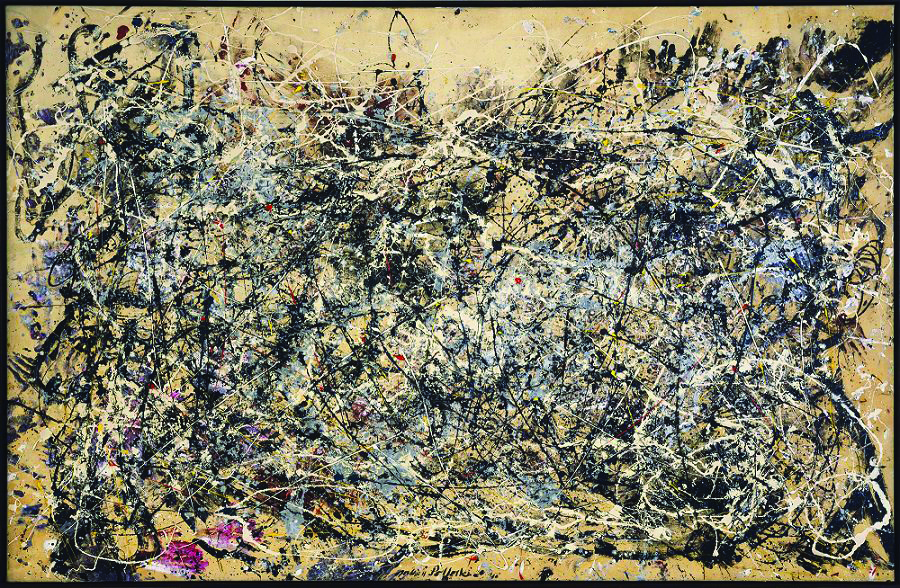Is abstract art bullshit? Let us take a look at the renowned Jackson Pollock’s “Number One” to give us an idea concerning the types of works this includes. At first glance, this painting may look like the floor of an art studio. Paint splatters make up the entire work. Are you brave enough to ask the question, “What’s the big deal?” For many, it isn’t until the story of the artist and the painting unfolds that they can appreciate the profound depth of purpose behind abstract works like this. Some, regardless of their level of art history, connect with many of these abstract works on a profound level. However, the more common response is, “I don’t get it.” For the majority, it would be helpful to understand some of the background surrounding abstraction in art.
There are two key factors that are helpful to understand when looking at abstract art, the first being the development of photography during the mid-1800s. Painting, and other mediums like sculpture, as a method of documentation and representation of form became obsolete, resulting in an identity crisis. What is the point of competing with photography? The other factor involves the two World Wars, which destroyed previously held ideals on human nature. Ideas of human kindness and trustworthiness gave way to fear and anger. Abstraction resulted from artists struggling to make sense of their place in the war as well as their need to both express themselves and recede into a world without the war. These are the paintings we see hanging in museums selling for millions and fawned over by critics.
Historically, western art has been dedicated to religion almost exclusively. During the Renaissance, it became more about expressing and representing man. Abstract Expressionist art went ever further in the development of painting, by cleansing itself of all limitation, save the limitations of paint itself. Form (representation of an object) became a constraint, and artists began to paint for painting’s sake. Two dominant schools of painters emerged. Those who painted to express themselves spontaneously, in a particular moment, were called action painters. They considered their paintings events and focused on the process of painting more than on the result. Those who painted to discover the essence of paint itself were considered “Greenbergian,” named after a well-known critic with similar ideas. Both schools detached themselves from social responsibility, which is one of the reasons many dislike abstract art.
At this point you may still think this smells like crap but next time you find yourself in front of an abstract work you instinctively label as pretentious, think back to the motivations of abstract artists; they are not untrained, though it may look like anyone could paint it. Stand back and stare, open your mind, and you may find yourself torn between enjoying the complete lack of guidelines and hating that this is what sold for millions. Art is not about “liking,” it’s about the experience you have when you encounter it. This experience cannot be forced; you must decide for yourself if you are open to it. The beauty of art is that one is not greater than the other, the viewer makes the call on a personal level. For those who love abstract art, it is not bullshit. Ultimately you must decide for yourself.




The only thing more full of BS than abstract art, is an art historian lecturing you on why you should like it.